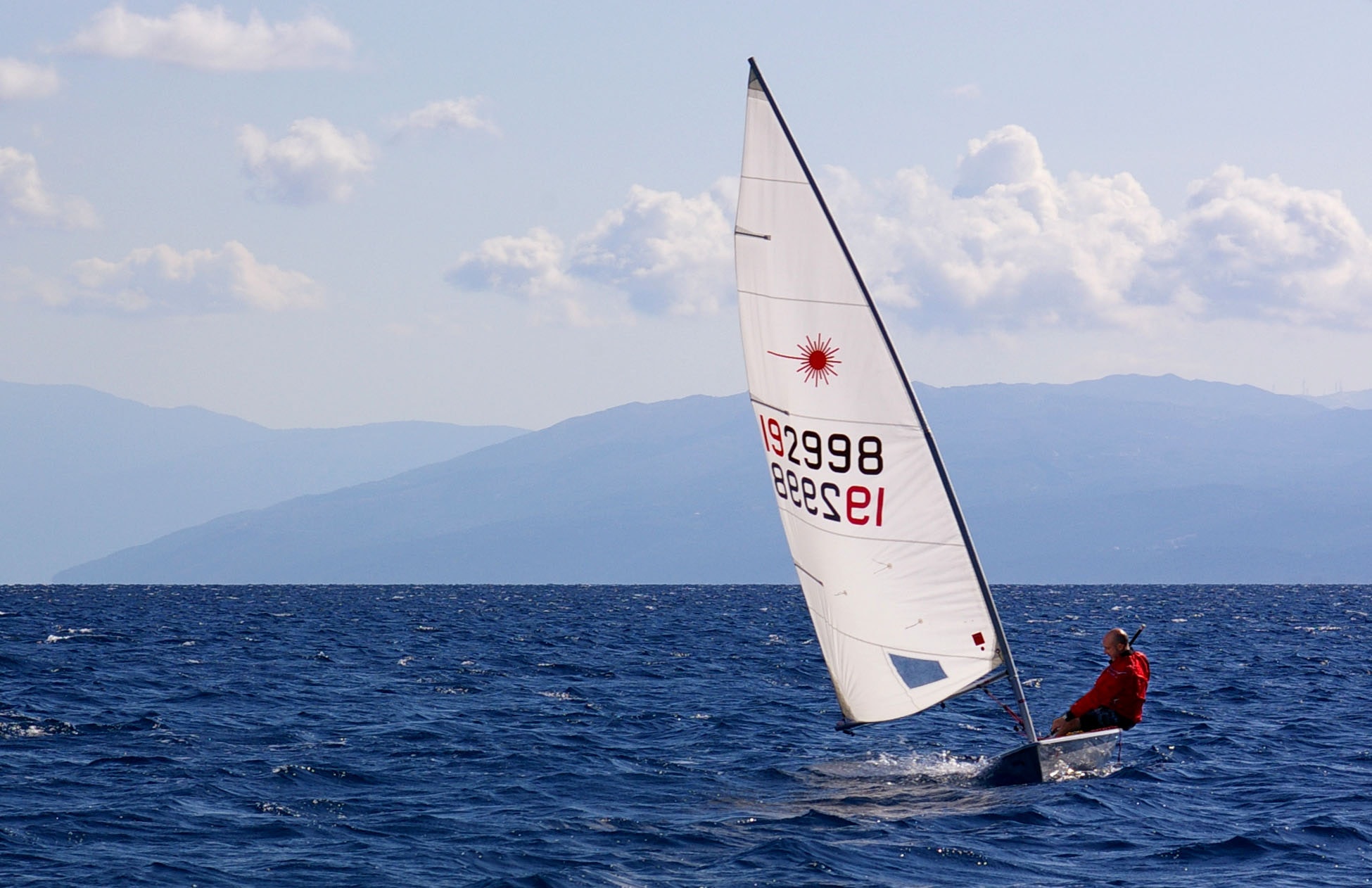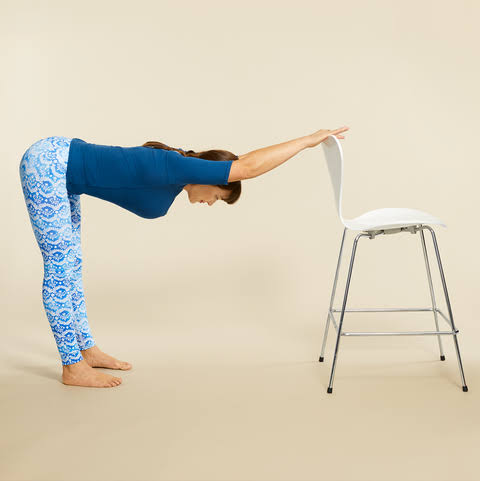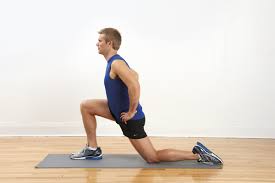
Sailing in a harbour city is quite popular and encompasses various classes of boats from single handed dinghies to keelboats.
Injuries in sailing can result from:
- Lack of fitness
- Overuse/Overtraining
- Trauma.
The physical demands of a sailor will vary greatly with boat class and the specific job and the most common overuse injuries are seen in the back, knee and shoulder and these. Sailing can often involve explosive, powerful movements such as when hoisting a spinnaker or gybing which places a lot of stress the bodies muscles and joints. Balance also plays a key role moving around a boat is often awkward and an accident involving a sudden twisting of the knee could lead to meniscal or ligament tears.
Younger sailors are usually in dinghy’s with 1-3 people and by adolescence this will involve a lot of time hiking, which is a physically demanding position and can lead to lower back pain due to weak abdominal muscles or prolonged stress on the spine. Hiking also places significant stress on the knees that could lead to anterior knee pain or ligament sprains/tears.
Older sailors more commonly sail on keelboats and each sailor has a particular job that will place stress on different areas of the body:
- Main trimmer will spend long periods looking upwards and extending the neck and back
- Foredeck will need significant shoulder and upper body strength to hoist and change sails
- Grinder will spend long periods bent over and will need good upper limb strength and aerobic fitness
- Helm will face significant load through the upper limbs
Due to physiological differences as we age, older sailors are more likely to have stiff lumbar segments, rotator cuff tendon injuries and shoulder impingement (when tendons in the shoulder are compressed when lifting the arm above the head causing pain). These are all overuse injuries and they tend to gradually worsen over time without a specific trauma, so it’s important to address that niggling pain in the shoulder or low back that is not going away early on before it becomes chronic, which could take you off the water.
For injury prevention, people who are sailing regularly should incorporate a strength and conditioning program which can be tailored to meet the specific needs of each sailor. A comprehensive program should incorporate strength, balance and cardio training. Some stretches that are good after a days sailing are:
Back rotation stretch

Standing back stretch

Hip Flexor stretch

At Ryde Road Physiotherapy we run small group Strength and Stability classes, so once you are out of the initial stages of rehab we can help get you back into shape.
